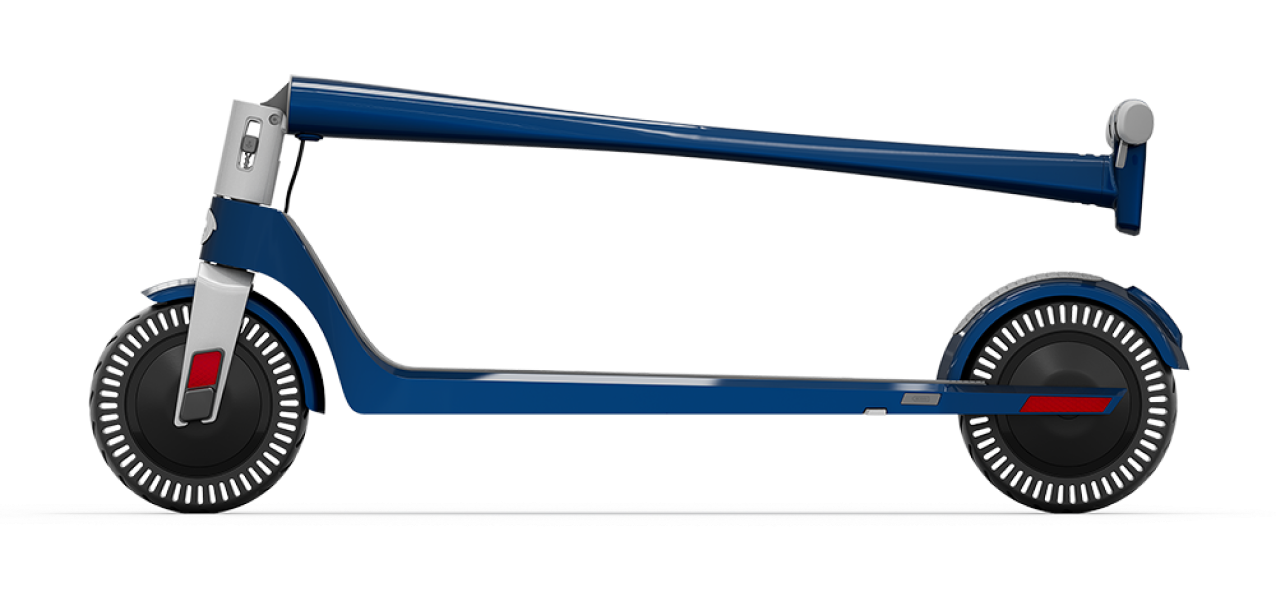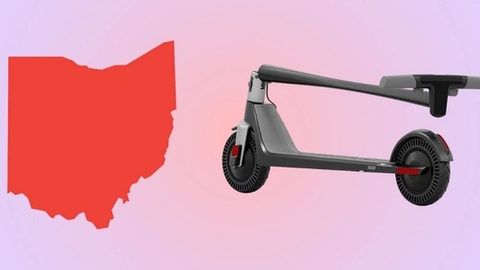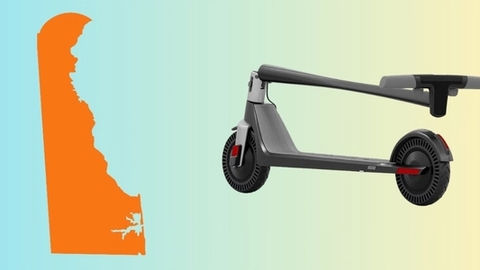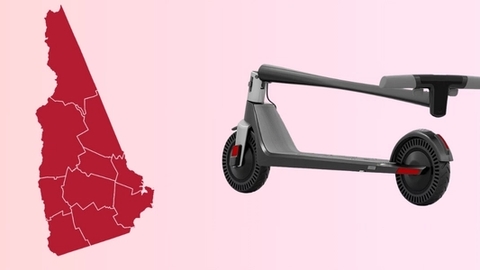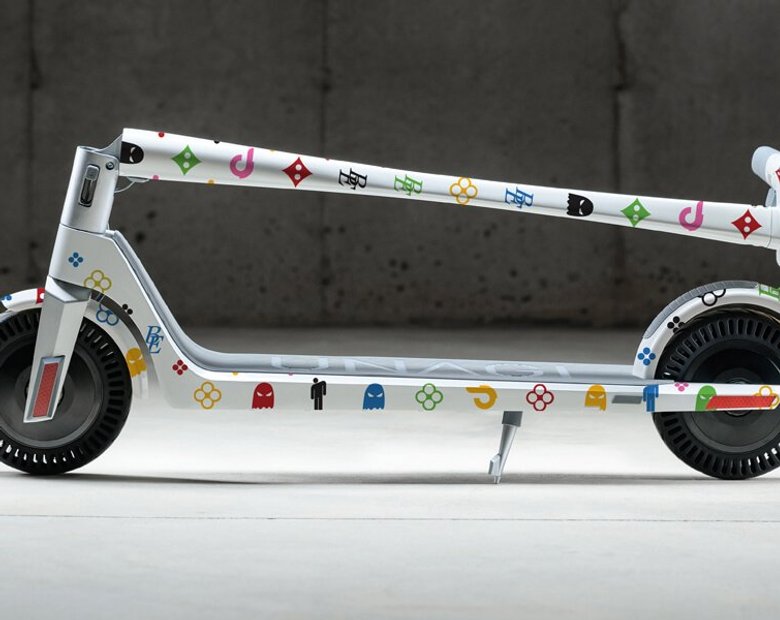Micromobility is here to stay, and it’s changing how we experience urban life for the better. With Unagi’s membership program, you can enjoy all the benefits of a top-tier electric scooter without the sky-high price of ownership or the inconvenience of ride-sharing.
Compact, efficient, eco-friendly electric scooters are jumping out of their shiny boxes and straight onto roads and bike lanes worldwide.
They're more portable than e-bikes and much cheaper than cars; it's easy to see why e-scooters are fast becoming a popular transportation choice for commuters, students, and - well - pretty much anyone.
However, if you want to ride your e-scooter in the rain, you'll need to choose a model with a good water resistance rating to protect the components and ensure it lasts.
Here's the complicated thing; there's no such thing as a completely waterproof scooter - so you need to look for scooters with good IP ratings.
IP ratings can be a real head-scratcher if you're new to e-scooters, but have no fear; we're here to give you the lowdown on water resistance and why it's essential for your electric scooter.
What Is Water Resistance?
Water resistance is an essential feature of electric scooters. It allows riders to use them in wet conditions, preventing water from seeping into the scooter and damaging the electrical components.
Generally speaking, most electric scooters have some form of protection against water damage built into their design, including seals, covers, and special insulation layers that prevent short circuits.
Some e-scooters also incorporate software-based protections that detect when the scooter is exposed to moisture and automatically shut down the power supply, ensuring the rider can stay safe in wet conditions.
However, while some scooters offer superior water resistance, others will protect your scooter against light rain only.
Why Is Water Resistance Important For Electric Scooters?
When you think of all the components in an electric scooter, it's easy to see why water resistance is essential. The battery, motor, and internal components will be sensitive to moisture, and even the outside frame can rust over if exposed to water.
Here are some reasons why water-resistant electric scooters are a must.
Protection against water damage
As with all electrical items, exposure to water can seriously harm your electric scooter and even render it inoperable. When you have water-resistant components, you can reduce the risks of damage and still use your scooter to commute.
Safety
If water enters your electric scooter, it can damage the electrical components and cause a short circuit. This can cause electric shocks or fires, which compromise your safety.
Durability
Water damage can affect the longevity of an electric scooter. A scooter with good water resistance will likely have a longer lifespan. Commuters and urban riders need to prioritize IP ratings because replacing a scooter is expensive.
Usability in different weather conditions
Certain weather conditions mean you should avoid using your scooter - especially in torrential rain and snow. However, mild rain or a few puddles don't need to get in the way of your experience - as long as you choose a scooter that can perform well in certain conditions.
How Water Resistance Works In Electric Scooters
Water resistance plays an integral role in electric scooters, and understanding how it works can help you make informed decisions about which product to buy. In simple terms, water resistance measures a scooter's ability to repel or withstand water and other liquids.
To determine the level of water resistance, manufacturers use a rating system called IP (Ingress Protection) ratings.

IP Ratings & What They Mean
You've probably heard of IP ratings, but if you're unsure what they mean, the term refers to Ingress Protection. These ratings have two numbers, with the first indicating the level of protection from solid items such as dust particles.
The second number is what you need to look out for because that details the scooter's ability to withstand liquid and moisture.
Here are the standard IP ratings:
Most scooters come with an IP5 - which protects them against dust particles, but the second number often changes depending on the make and model you buy.
- IP54: The scooter can withstand water spray from any direction.
- IP55: Protected against water jets from all directions.
- IP56: High-pressure water jets from any direction.
- IP57: An IP57 means the scooter can be immersed in water up to 1 meter for 30 minutes.
- IP67: Stronger protection against dust and other solid particles and immersion in water up to 1 meter for 30 minutes.
Scooters with the highest ratings offer the most protection but often cost more money.
IP67 scooters are dust-tight and will survive when submerged in water due to their unique rubber gaskets that cover the electric components and prevent water from getting into them.
Do I really need an IP67 rating?
It's a question many people ask - and honestly, you don't. Yes, you can benefit from maximum protection, but there are many reasons to consider opting for a lower rating. Let's take a look at them.
Cost
Electric scooters with IP67 ratings are more expensive than those with lower ratings. If you're not going to use the scooter in extremely wet conditions or submerge it in water intentionally, you can save money by getting a scooter that suits your needs.
Intended use
If you only plan to use your electric scooter for commuting or leisure riding in urban areas, where it is unlikely to encounter heavy rain or water, then a lower IP rating, such as IP54 or IP55, will be sufficient.
Maintenance
E-scooters with higher IP ratings offer more protection but can also require extensive maintenance to ensure they stay in top condition. Some people find the level of care too time-consuming and choose a scooter that suits their needs.
Electric scooters with an IP54 rating are perfect for city riding and commuting
The standard water resistance rating with e-scooters is IP54, which protects the scooter from water splashes and dust particles.
Scooters with an IP54 rating are great for commuters because they give you protection but are compact enough to carry around - and won't bust your budget.
The Unagi Model One costs $990 if you buy it outright, but a monthly all-access subscription plan is also available. You pay just $59 a month for our classic model, allowing you to save tons of money while still reaping the rewards of e-scooter ownership.
In short, when shopping for an electric scooter, it's always worth checking its IP rating – those with higher ratings will offer enhanced protection against rain and liquid splashes.
Tips For Maintaining Water Resistance In Your Electric Scooter

While a water-resistant electric scooter will withstand light rain, you should still be willing to perform regular maintenance to keep it in top shape.
Not only does this ensure you get maximum usage out of the scooter, but it's also vital for financial protection. Most manufacturers offer electric scooter warranties, but you have to prove you've cared for the scooter to get a free replacement if you need one.
For example, if your scooter has an IP54 rating and you submerge it in water or ride in constant rain, your manufacturer won't replace it for free.
Here are some great tips for maintaining water resistance in your e-scooter and protecting your warranty.
Perform regular inspections
Even the best electric scooters need regular care and maintenance, so don't forget to inspect your scooter to see if there are any faults. It doesn't need to take ages, but things like tire pressure can impact your scooter.
If the tire pressure is low and you fall off your scooter when going over a pothole, the scooter could incur severe water damage if the ground is wet.
Even a simple inspection could protect your scooter and ensure you enjoy a decent ride quality.
Prevent and fix corrosion issues
Corrosion is a common issue with e-scooters. It occurs when the metal components of the scooter, such as the frame, handlebar, and wheel spokes, come into contact with water or moisture and begin to react chemically with the oxygen in the air.
Regular cleaning can prevent corrosion from occurring, and you should also wipe down your scooter once it comes into contact with water.
Ensuring it's immediately dried after riding in wet weather and regularly lubricating the components will keep your scooter at peak performance.
Get a good carry satchel
The great thing about e-scooters is their portability. It's difficult to carry a bulky e-bike, but scooters are so easy to store.
If you want to protect your scooter from rainy weather, a great carry satchel will ensure it stays dry while allowing you to use it as and when needed.
Store the scooter in a cool, dry place
While some scooters allow you to ride in the rain (as long as it's light), you should never store your scooter outside. If you're keeping it at home, ensure it's either inside or have a shed to keep it dry.
Plenty of waterproof electric scooter covers allow you to park up and protect your scooter from the elements.
Know your warranty
Some warranties cover water damage - but only if you stay within the scooter manufacturer's guidelines. For example, if your scooter isn't suitable for very high-pressure water but you leave it out in the pouring rain, your warranty will be void.
By performing regular maintenance and looking after your scooter, you can save money and make sure you have the best experience.
The bottom line
Electric scooters are ideal if portability, efficiency, and cost-effectivity are top of your transportation priorities, and they've come a long way in terms of sustainability and public perception.
Unfortunately, water and moisture can still be a source of damage and breakdowns, but understanding water resistance in electric scooters ensures you can maintain your model correctly and prolong its lifespan.
Once you know your scooter's limitations, you can take steps to protect the scooter and enjoy everything these convenient and ultra-stylish modes of transportation offer.
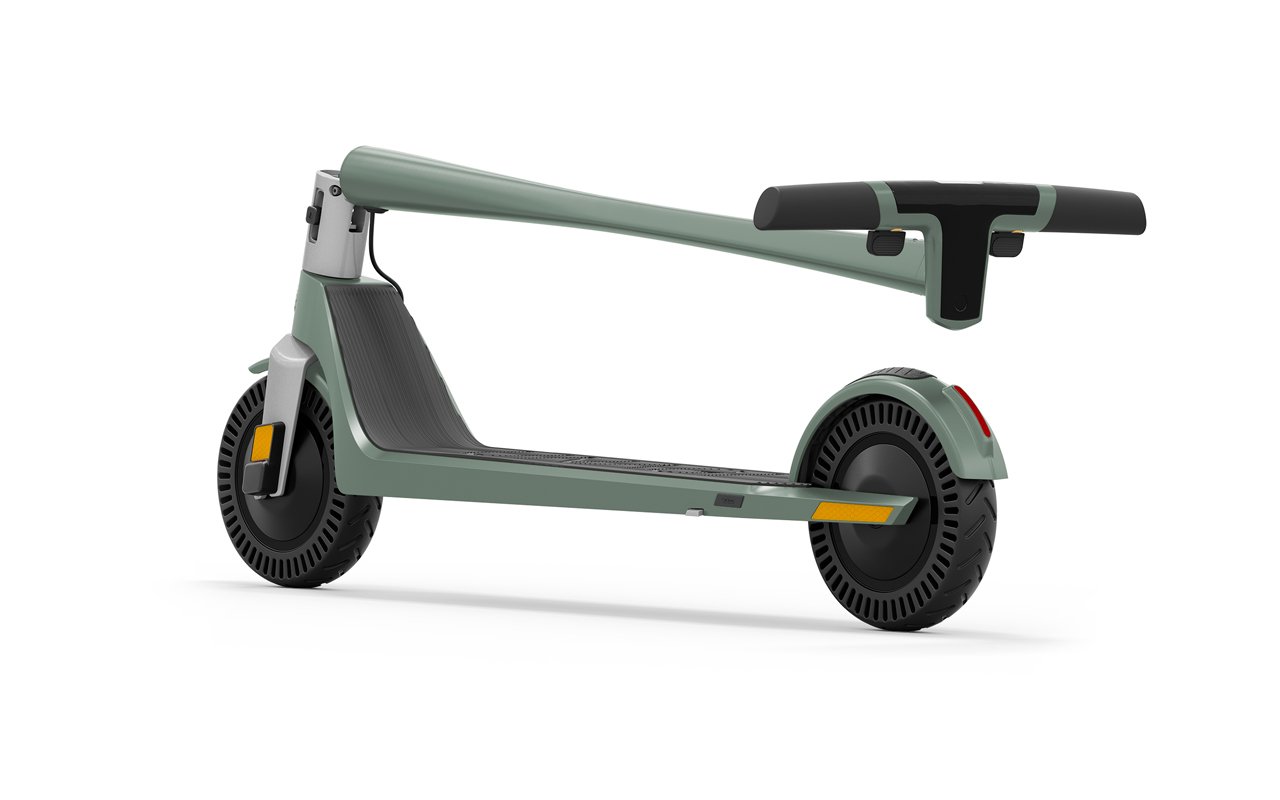
FAQs
Is there any such thing as a completely waterproof electric scooter?
Unfortunately not. While some scooters offer high water protection levels, no scooter is entirely waterproof. The best 'waterproof' electric scooters can usually be submerged for around 30 minutes, but they're more expensive and unnecessary.
Even if a manufacturer claims their scooter is waterproof - it isn't.
How often should I take my scooter to a professional?
Scooters benefit from regular maintenance, and if you don't know how to look at the components and perform repairs, a yearly professional check is a good idea.
How does the Unagi scooter subscription work?
Our innovative subscription model allows you to access our premium scooter without buying it outright.
You make a small monthly payment and get full use of either the Model One Classic or Model One Voyager, the newer model offering a higher range and shorter charge time.

Stay current with the latest U.S. electric scooter laws in our 2025 guide. Updated annually since our first comprehensive guide, ensuring you have the most recent state and city regulations to ride responsibly”
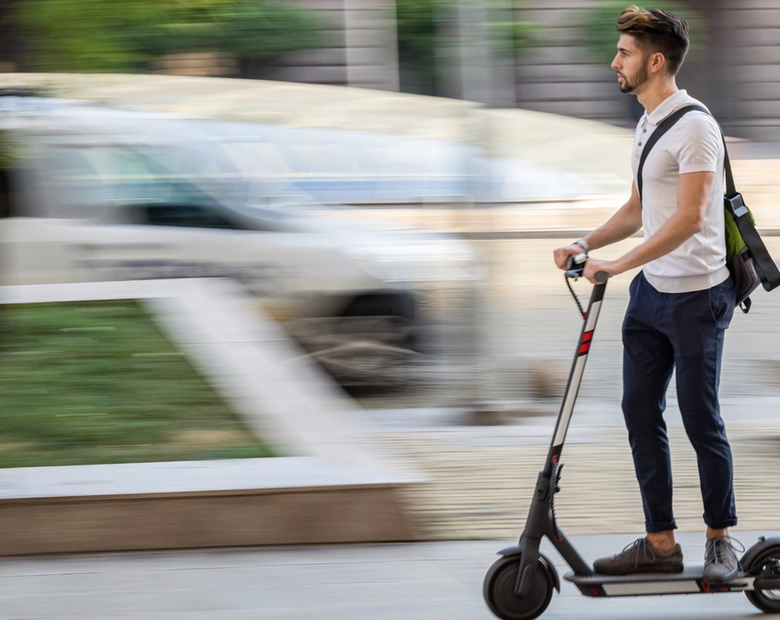
The Slack Core 920R is currently the fastest electric scooter in 2025 that you can purchase without the need for pre-order.
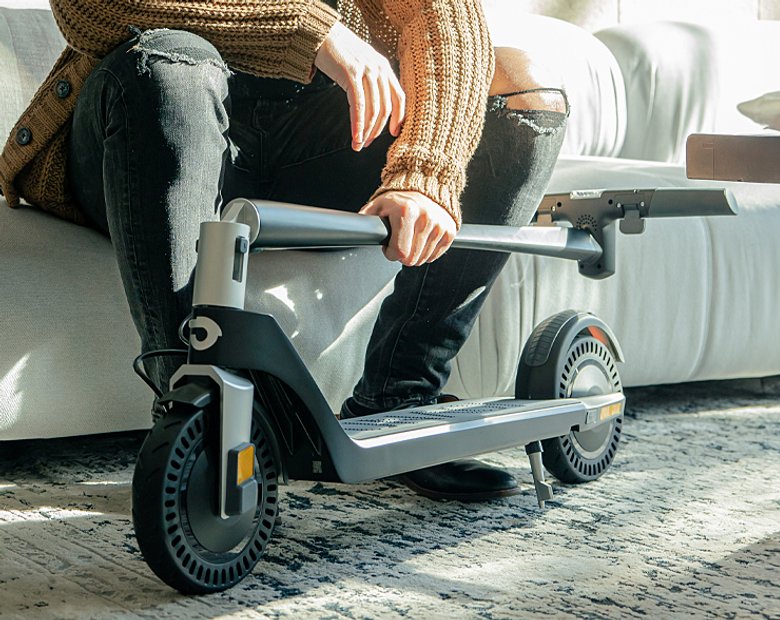
Our selection of the best electric scooters 2025 spans the fastest e-scooters to the most portable ones, the ones designed for city riding and off-road, the best scooters for rain, budget electric scooters for students, and more powerful ones for skilled riders.
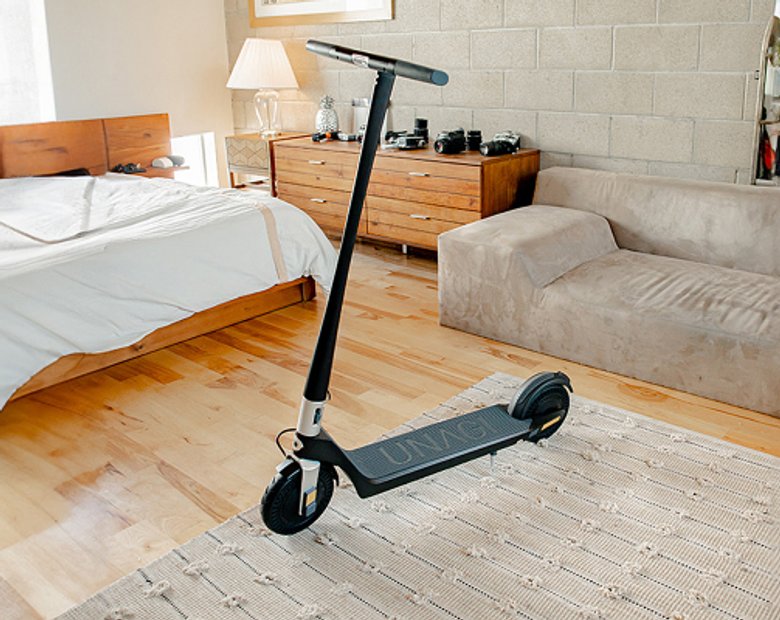
The Unagi Voyager is the best lightweight electric scooter for adults and teenagers. It is the ultraportable sequel to its predecessor, the Unagi Model One Classic.

If you're wondering whether an electric scooter with a seat is right for you, this is a detailed article that would suit your need.
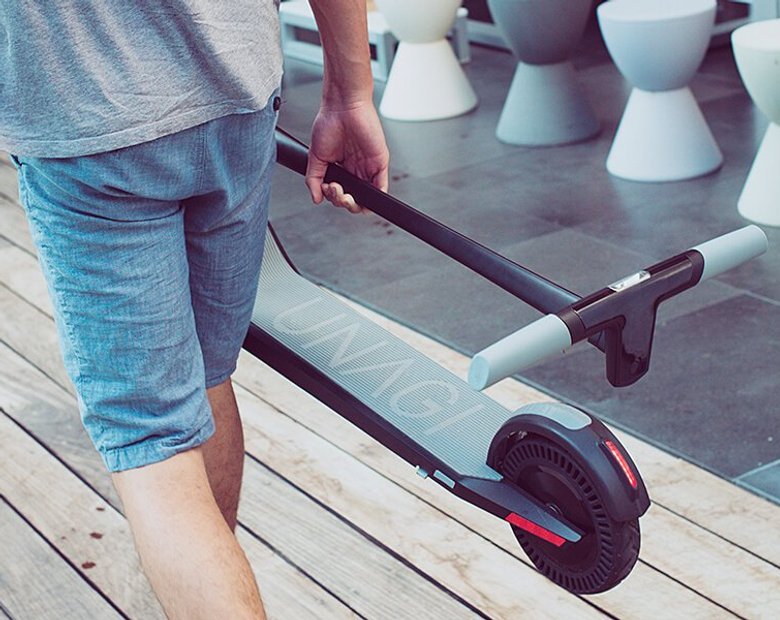
Understand which personal electric vehicle is best, the choice between an electric bike or electric scooter might already be made for you by some critical factors, including portability and storage capacity.
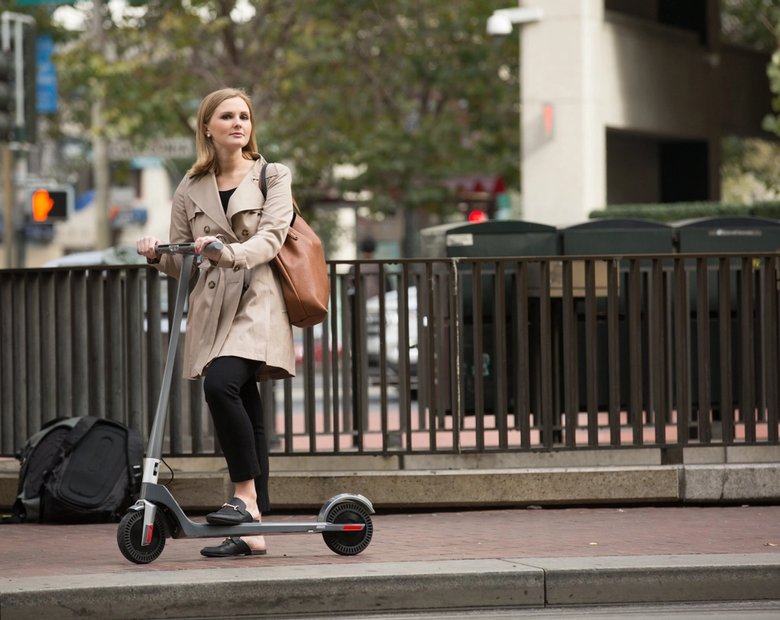
In the U.S., most states don't require a license. For those that do, they usually just ask for a regular driver's license or a learner's permit.
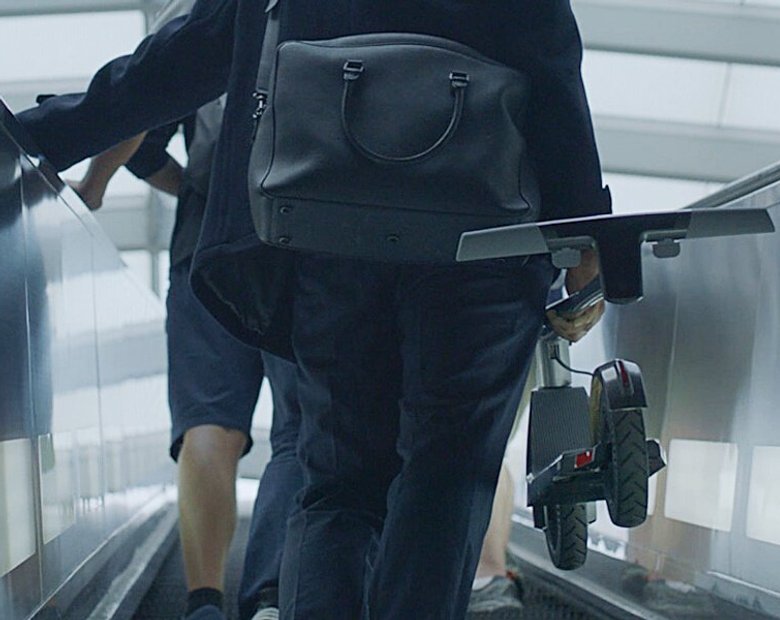
Yes, you can bring an electric scooter on a plane, but it needs to have a lithium battery smaller than 100 watt-hours, which most don't.

Manufacturers advise against riding electric scooters in the rain. The main reasons are: water can fry the electronics, make the ride dangerous, and void your warranty.

The basis and the premise of my work is that we either operate out of love or we operate out of fear...Time is currency. The coolest thing about the scooters is that it's really quick, and it goes uphill. From there, traveling more efficiently and having a good time doing it--I think that's the most important thing.

Cynthia Leu has a full plate. A tech worker by day, Cynthia spends her off time balancing the parallel lives of a powerlifter, entrepreneur, mental health advocate, and more. Riding Unagi helps this USMC veteran cut down on everyday…

https://www.youtube.com/watch?v=7m2hVBE62LY Rasheed Muhammad is sick of Los Angeles traffic. In order to preserve his sanity, Rasheed has traded his everyday driving habit for the portable and beautiful Unagi Model One. It’s an essential accessory for navigating LA streets -- and…

Rich Lee, Co-Founder of San Francisco’s SPRO Coffee Lab, wants to share his love for coffee with the world. He depends on riding Unagi to avoid the hassle of navigating the parking crunch in the booming Mission Bay neighborhood.…


